|
Preventative Care A preventative approach to maintaining the body assists in maintaining a healthy lifestyle for years to come. Maintenance-wise, our car requires regular tune-ups and yearly maintenance. Why don’t we tune up our bodies? In addition to regular check-ups with a physician, Ayurveda emphasizes a holistic, self-care approach to maintaining a healthy lifestyle. Ayurveda’s emphasis on preventative healing measures are decidedly effective and teach ways for practitioners to deal with issues before they begin. According to Ayurveda, there are six stages of ill health. They begin with imbalance and gradually increase to disease. Like weeding, Ayurveda emphasizes clearing the flower bed before the weeds take over. The preventative Ayurvedic approach is built on four pillars: food, lifestyle, rejuvenators & supplements. When a person is in poor health, they are in need of a different approach that is meant to address imbalances with holistic healing practices and balancing supplements. Skilled practitioners of Ayurveda use pulse assessment to determine which specific supplements, food and lifestyle practices will restore balance. Balance through Ayurveda improves a person’s health, energy, and youthful vitality. The four keys to a healthy lifestyle: 1. FOOD Whether you are a vata, pitta or kapha person, the most important element for maintaining balance is following the diet that suits your constitution. A healthy person who knows his natural constitution will be able to follow a diet best suited for maintaining balance. A person in poor health can learn what sort of dietary changes will help restore balance. What we eat goes to our stomach, which is like the root of our system. Like a tree, which derives its nutrients and energy from its root system, humans derive their nutrients and energy from what is put into the stomach. From our stomach, our entire body is nourished. As the old saying goes, “You are what you eat.” Finding the right diet, based on our constitution, is the first and most important step in attaining a healthy lifestyle. Idli (see photo) is such a nutritious meal because it is actually a complete protein and the fermenting process involved in preparation stimulates digestion. 2. LIFESTYLE Finding a recommended lifestyle routine is vital to maintaining balance and correcting disparity. After food, lifestyle comes as the most important way to stay in balance. A healthy lifestyle includes: • A routine of health • Waking and sleeping at regular times • Going out for regular exercise, according to your constitution • Self-massage with suitable oils • Centering yourself with a few minutes of stillness and meditation • Light yoga Chyawanprash (see photo) is one such rejuvenator used in Ayurveda, especially during the colder seasons. 3. REJUVENATORS Rejuvenators, rasayana, are a variety of ancient supplements that promote the rejuvenation of the body and the maintenance of a young, vital, dynamic and energetic self. Rejuvenators work to make the body feel young and refreshed. Rejuvenators are not simply food, they are powerful solutions to problems that ail many of us — solutions to whatever upsets balance and health. Concerning the many factors that upset balance and health, there are equally as many rejuvenators to combat these problems. 4. NATURAL SUPPLEMENTS There are many traditional Ayurvedic herbal supplements that are used in a variety of ways. They include spices in our food and herbs that promote detoxification of the body. Choosing the right herbal supplements is a matter of understanding both one’s constitution and one’s imbalance. Whether in need of detoxification or wanting to combat stress, lethargy, or poor digestion, Ayurveda has numerous herbal supplements to help promote longevity and maintain a healthy lifestyle. Now you’re set knowing the four key tools of Ayurveda. These tools can be used with a knowledge of your nature to make choices that lead to greater balance and health.
2 Comments
One of our members, Jeeta, is a Trained Ayurvedic Lifestyle Consultant, who is always bringing in treats she cooks from home for the teachers to enjoy. Her cooking can be described as aromatic and frankly, just made with love. Here is one of her ayurvedic inspired recipes we asked her to share.
Laurie Larson is a freelance writer based out of North Carolina. She writes on home, health, and lifestyle topics to help others live a happier and healthier life. 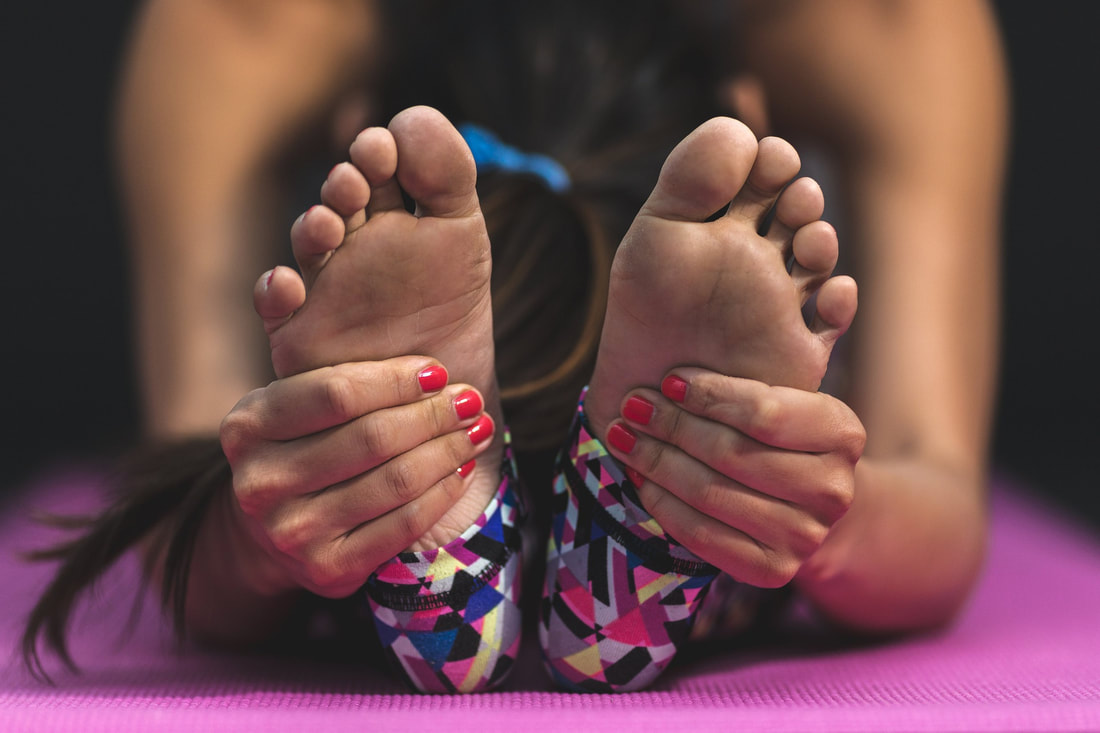 Image by Pixabay If you’ve been practicing yoga for some time, you know the long list of benefits: it helps you feel better, it’s a great way to start your mornings energized, and your muscles are stronger and more toned. That’s not where it ends, though. There are many benefits of yoga that are not so readily apparent. For example, regularly practicing yoga can help improve your respiration, keep your metabolism balanced, protect you from injuries, and even improve your sleep. Yoga can improve my sleep? It sure can. Now, we aren’t talking about doing a full Ashtanga practice before bed, but doing light yoga practices such as pranayama and meditation could be just what you need to take your ZZZs to the next level. If you don’t already, you should consider adding these relaxing yoga practices to your regular nighttime routine. Not convinced? You might be after reading these four benefits of performing yoga before bed: 1. It relieves stress Stress is one of the leading causes people can’t sleep at night. How are you expected to peacefully fall into sweet dreams when you can’t stop replaying the day’s events or panicking over encroaching deadlines? If it’s not bad enough that it makes the falling asleep process challenging, it also ruins our deep REM sleep, leaving us to wake up without feeling restored. Cue the calming powers of yoga and meditation. Yoga teaches us to focus on our breath and live in the present moment, focusing on the here-and-now to shove worries away. By keeping this mentality right before bedtime, you’ll let your mind clear out and prepare for great sleep before you even make it in the bed. By performing pranayama exercises before bedtime, you’ll be able to gain control over your breath effectively clear your mind. 2. It reduces your pain Pain is another leading disruptor of a good night’s sleep. If you can’t get comfortable at night due to your neck, back, or other muscle pain, there’s no way you’ll be able to rest peacefully. The good news is, yoga happens to be a great option for relieving your pain. In fact, some people report a preference for yoga as a treatment for their pain over traditional medications. Incorporating some gentle yoga stretches before bedtime will help stretch out your muscles, ease your pain, and prepare your body for a comfortable night of sleep. You don’t need to perform a whole flow. Start with upside-down relaxation. Sit facing a wall, lie back with your legs extended up the wall, rest your arms palms facing up by your sides, and focus on your breathe for up to two minutes. Other stretches you should incorporate before bed include winding down twist, child’s pose, and hugging your knees to your chest in rock-a-bye roll. 3. It gives you a better attitude about your rest Do you excitedly crawl into bed each night, or do you push it away and often de-prioritize it for other tasks? Unfortunately, many people belong to the latter group. When you practice yoga, it helps you learn to appreciate moments of rest. Instead of neglecting your sleep, practicing nighttime meditation will help you embrace the importance of quiet, restorative moments for restoring your body. 4. It improves your sleep quality The biggest benefit to performing yoga before bedtime is the improvement in your sleep quality. Taking the time to relax in a meditative state while you stretch out your body, release tension, breathe deeply, and clear you mind sets you up perfectly for a night of deep, quality sleep. If you’re ready to see what performing yoga before bedtime can do for you, start by adding it into your nighttime routine tonight! Stress is one of the leading causes people can’t sleep. For more info on improving your Zzzzz's, take a look here:
https://www.sleepadvisor.org/stress-and-sleep/ Written by Alyson Calla. Exclusive for theyogashala.org The word ‘detox’ is often used as a synonym for weight loss diets, but what the health and wellness industry often get wrong about detoxification is that it is not the same as restrictive eating or going on juice fasts. What ‘detoxification’ really means? The basic definition of detoxification is to free the body of toxins, not of calories. Toxins, or free radicals, are harmful chemicals from the environment that enter the body through several ways, one of which is through the food we eat. Live Science explains that the presence of free radicals may result in the destruction and mutation of cells which is what happens with the growth of tumors. Researchers also believe that they are linked with a host of chronic illnesses including macular degeneration, cardiovascular disease, inflammatory diseases, and certain types of cancer. Where does veganism come in? The main sources of toxins in the standard diet are: - Deep fried foods that are high in trans and saturated fats - Dairy products - Produce grown with pesticides - Processed and canned foods - Meat Healthline points out that processed meat and artificial trans fats cause inflammation. While inflammation is essential for healing, the prolonged state has been thought of by the medical community as the root of all disease. To reverse the damage caused by free radicals, eat plant-based foods that are high in anti-oxidants. Some examples are: - Leafy greens such as kale and spinach - Different types of berries - Fruits such as watermelon, apricots, and oranges - Lentils, beans, and grains - Other vegetables including artichokes and bell peppers As long as it is organic, a vegan diet abundant in antioxidant rich foods and other essential nutrients will help cleanse your body of unwanted substances. Signs of toxicity Frequent headaches, noise sensitivity, cognitive impairment, inflammation, and reduced immune function are some of the symptoms of toxin concentration in your body. If you’re someone who’s prone to breakouts, one of the known causes of acne is inflammation caused by a poor diet. For instance, Natalie Portman revealed that finally going vegan and cutting out eggs and dairy eliminated her problems with adult acne. Dairy in particularly is an inflammatory as it contains a lot of excess hormones which can trigger a reaction and in turn, pimples. A few other symptoms are fatigue as well as chronic muscle and joint pain, which are also linked to inflammation. Argentine international soccer player Sergio Aguero suffered from muscle injuries which he attributed to a diet rich in meat, sugar, and pasta. After cutting out these inflammatory foods, the Argentine striker experienced significantly less injuries and improved his game. Similarly, if your back is constantly in pain or your joints are swollen, it might be time for a diet change. The bottom line A lot of the food we eat - even some plants when covered in pesticides - contain toxins. While the body’s immune system is capable of eliminating toxins naturally, too much of it can cause the immune response to slow down and become overpowered. This means that people who consume food that have high amounts of these harmful chemicals are more prone to disease. In order to cleanse your body of harmful substances, a well-rounded vegan diet is the closest diet for detoxification. This is synonymous with what The Yoga Shala referred to as mindful eating in a previous article. You can still enjoy your foods, as long as you practice awareness of what you feed your body. 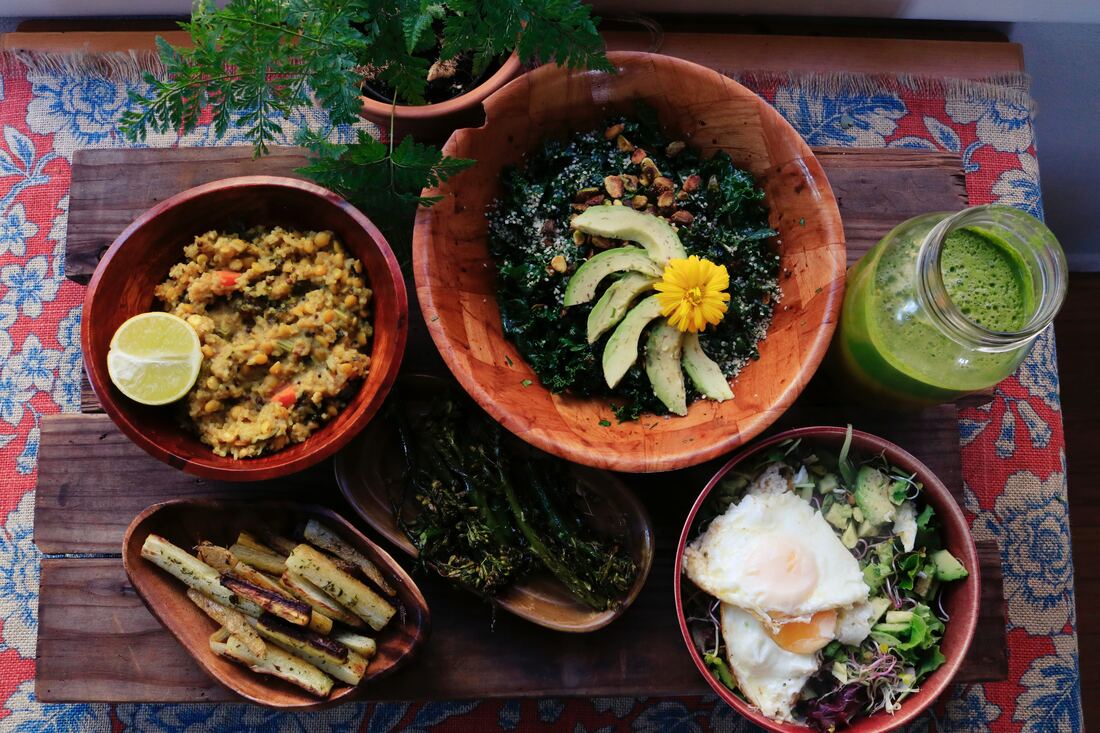 The concept of Ayurvedic (“ayus” = life, veda = knowledge) meaning “whole body” was developed over 3,000 years ago in India. Ayurveda medicine is the belief that wellness begins with a balance of the mind, body, and spirit to promote good health. Believers say every human is made of space, air, fire, water, and earth. Combining these elements together will form three separate energies called Vata dosha (space and air), Pitta dosha (fire and water), and Kapha dosha (water and earth). Each energy participates in a separate function on the body.
For those who may not be as educated on the origins and beliefs of Ayurveda, there are some basic ways to incorporate this way of living into your current daily routine. We’ve compiled a list of essentials you can use moving forward to practice for yourself! Sweating When you sweat, your sweat glands release impurities out of the body. Sweating also aids your body in losing water weight while increasing your circulation. Running at a steady pace is the perfect way to get your blood pumping and sweat flowing. The largest detoxification organ is...your skin! Sleep Research shows a direct correlation between lack of sleep and weight gain. Adults sleeping four hours a night versus sleeping 10 hours a night found their hunger and appetite increased. More sleep means staying at a consistent weight and having a clear mind, which in turn improves performance throughout the day. Try taking a warm bath before bed to relax the body and mind while also preparing the body for a good night's rest. Add Epsom salts or essential oils to soothe your muscles. Stay Hydrated It’s important to drink fluids throughout the day to hydrate the body. Cold water actually negatively impacts your digestion, so try to stick with warm water for meals. Ginger Tea is known as the “wonder herb” in Ayurveda as it helps with your daily digestion while the ginger root promotes joint health. Try to have at least 1 cup a day. Mindful Eating Slower your chewing while eating meals. Taking your time will send a signal to your stomach so it knows when it’s full which will help you avoid overeating. Stay away from emotional eating or eating when you’re bored. This can lead to guilt and a decrease in your good digestion flow. Occupy your mind with something else like reading, exercising, or talking to friends. Try to enjoy your food in silence or in an area that’s comfortable and at least semi-quiet. It's winter time and a lovely time to share a hot tea recipe! Jeeta takes us through making a delicious chai tea recipe and this one is mood altering! Hope you enjoy! ~Makes 2 cups~ Ingredients: 2 cups of water Fresh ginger grated (quarter inch piece) One stalk of lemongrass cut into smaller pieces 6-8 tulsi leaves 3-4 shreds of saffron Cinnamon and cardamom to taste 1/4 cup of milk (nut milk also) Tea leaves (I use 50-50 mix of organic Ceylon and Assam to which I add dried tulsi leaves and ginger powder) Sweetener of your choice (optional) Instructions: Bring all the ingredients except milk and tea leaves to a boil. When it starts to boil add your milk, let it boil again and turn it off. Then add 1.5 teaspoon of tea leaves for each mug, so 3 teaspoons of tea total and cover your chai, allowing it to brew for 2-3 minutes so the color sets in. Strain and enjoy! In Ayurvedic tradition, this tea is made without adding any milk (dairy) or tea leaves (caffeine). This herbal tea, can be strained and enjoyed with a few drops of lemon. Honey can be added when it has cooled down a bit. Since chai tea is very popular, we are using this herbal base to then make chai tea with benefits. By Jennifer MillerJennifer Miller is a Central Florida yoga teacher who completed her Yoga Nidra Professional Training at Amrit Yoga Institute in 2018, and has been an Ashtanga practitioner since January of 2018.  Sri K. Pattabhi Jois once said, "Yoga is for everyone, except lazy people." From experience, I believe this to be true. Ashtanga requires a certain level of commitment to self-transformation. You must learn to practice with discipline and consistency to see and feel the results. The Mysore style of yoga is a self-facilitated practice modified for each individual practitioner with individual attention from your teacher. Coming to your mat and doing the same sequence of asanas (postures) brings you into self-awareness of your body and the deep internal workings of the mind. The mind places so many limiting beliefs on our capabilities as human beings that we believe it and abide by the mind as if the mind is totally in control. Through the practice of Ashtanga, you come to learn all about your strengths and weaknesses. By practicing with commitment, consistency, and discipline, you will develop the tools to move through the false identification of the self, and you will embody the infinite potential of the human experience. If you are ready to stop moving through the motions of life and truly start living, Ashtanga is the practice for you. |
Archives
March 2024
Categories
All
|

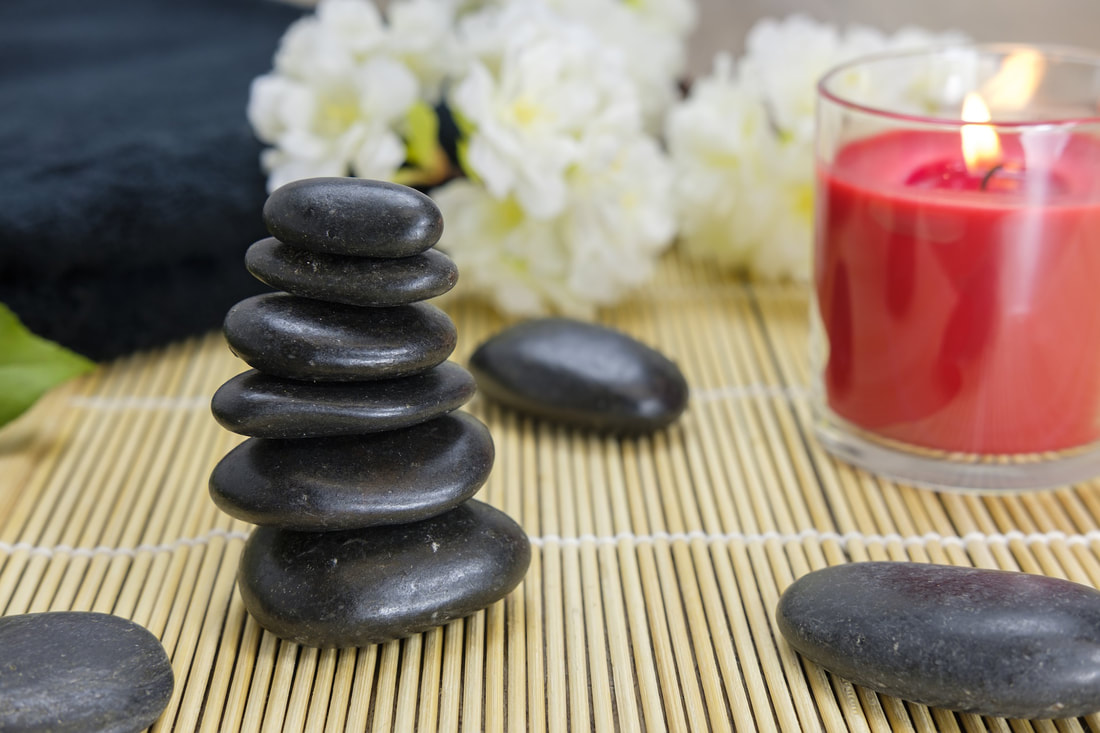
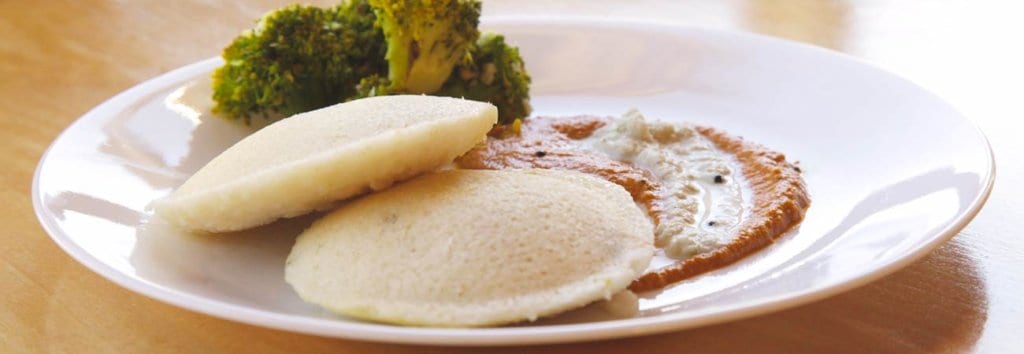
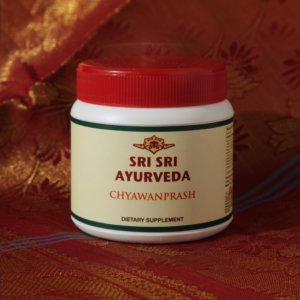
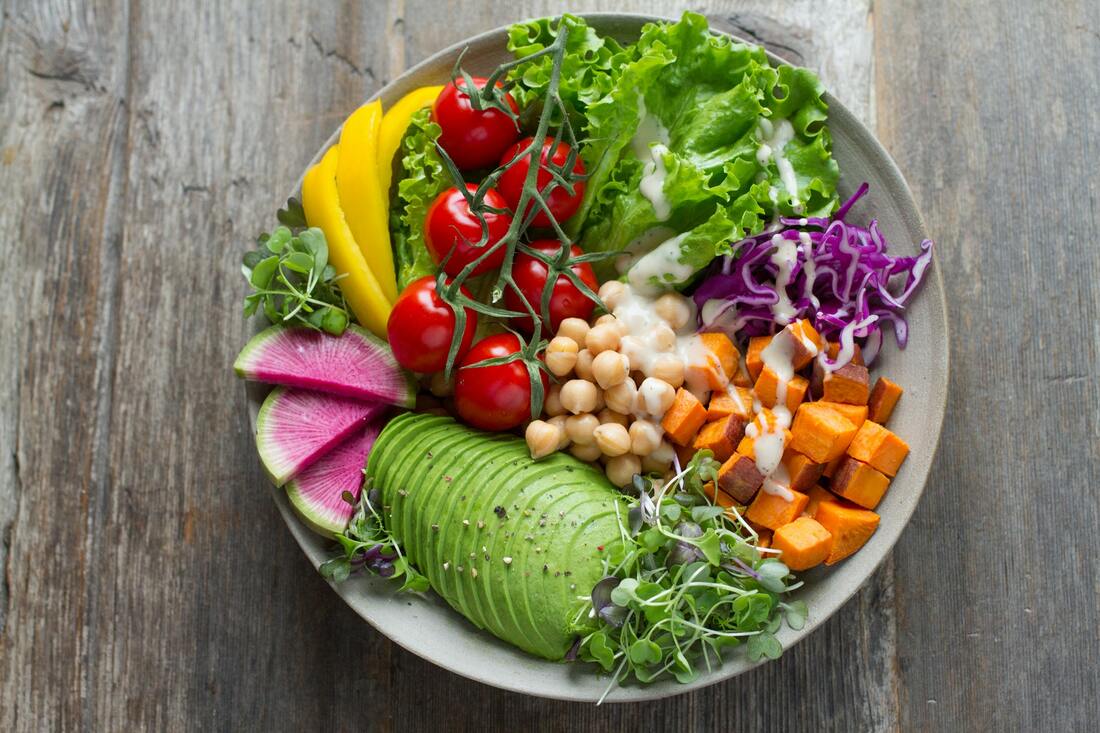
 RSS Feed
RSS Feed
